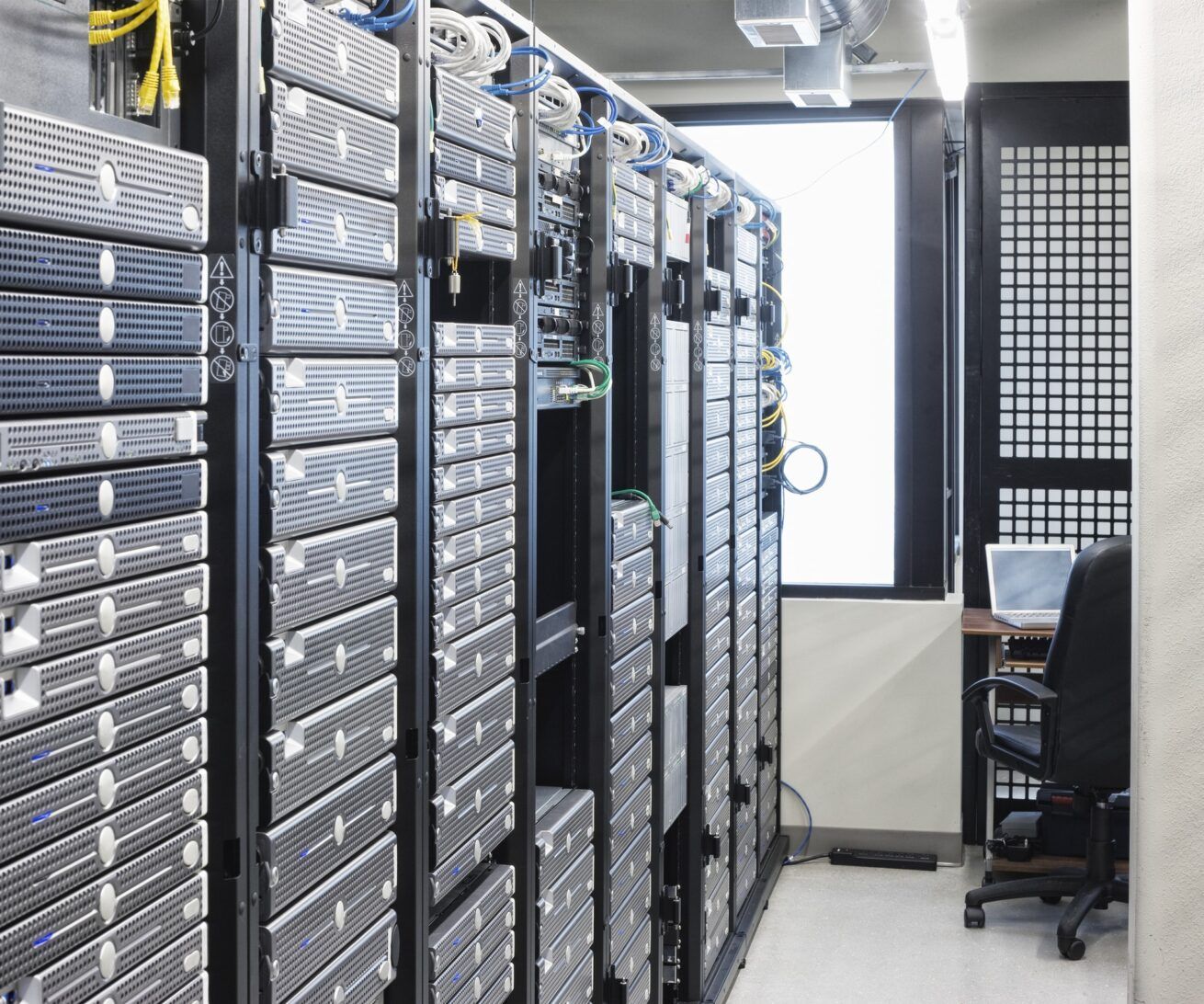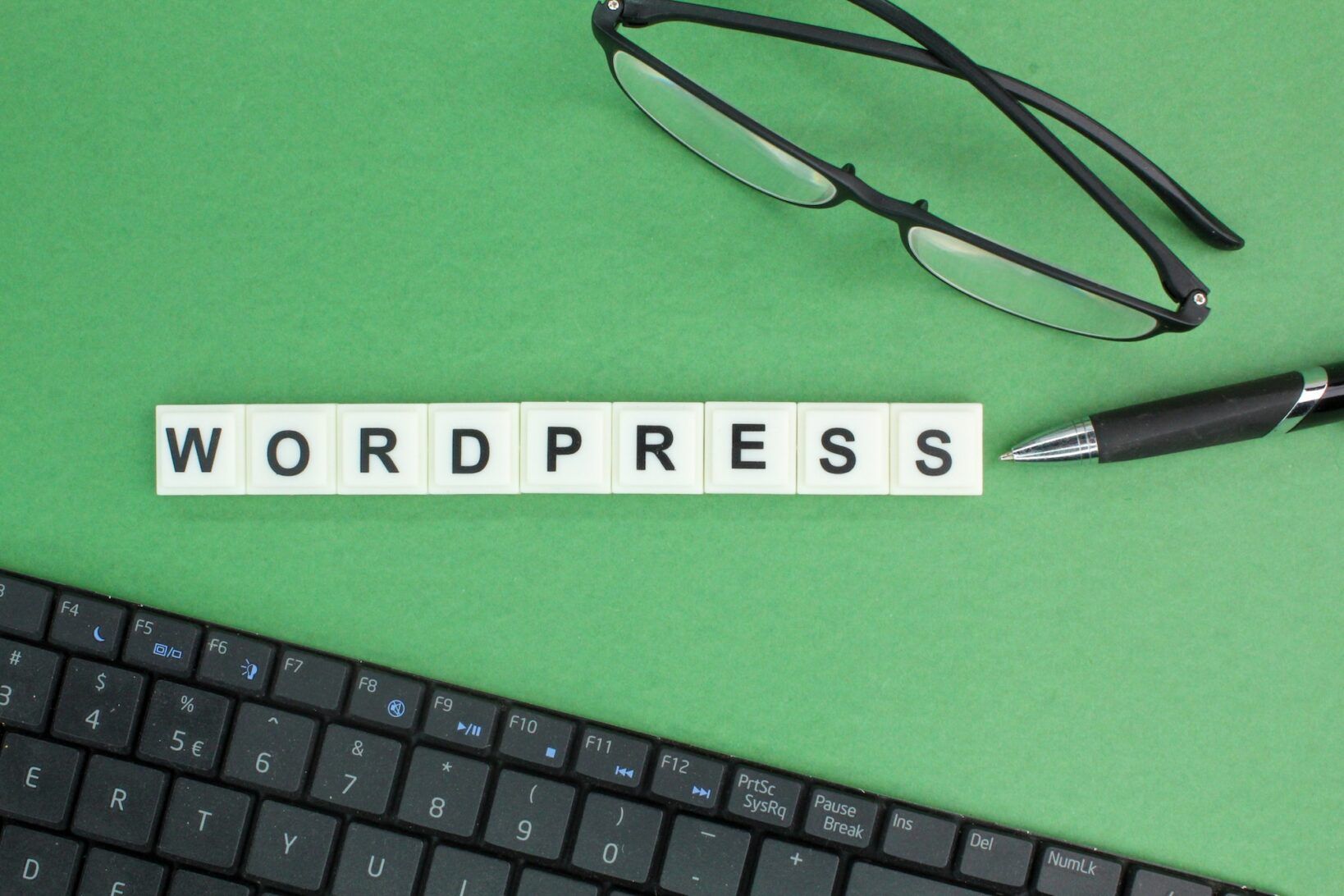Securing your online accounts has become more crucial than ever. The ever-increasing number of data breaches and cyberattacks emphasizes the need to take proactive measures to protect our personal information. One effective way to enhance the security of your online accounts is through the implementation of multi-factor authentication (MFA) or, more specifically, two-factor authentication (2FA).
Multi-factor authentication
Multi-factor authentication is a security mechanism that requires users to provide two or more forms of authentication to verify their identities before gaining access to an online account. This additional layer of security significantly strengthens the login process and makes it more difficult for unauthorized individuals to gain access to your sensitive data.
Traditionally, the most commonly used form of authentication is a password. However, passwords can often be easily compromised or stolen through various means, such as phishing attacks or brute-force cracking. By adding an extra factor to the authentication process, the security level increases, making it significantly harder for attackers to gain unauthorized access.
Two-factor authentication (2FA)
Two-factor authentication (2FA) is a specific form of multi-factor authentication that utilizes two distinct factors to verify a user’s identity. These factors typically fall into three categories: knowledge factors (something the user knows), possession factors (something the user has), and inherent factors (something the user is).
Knowledge factors usually involve something only the user knows, such as a password or PIN. Possession factors often include something the user possesses physically, like a smartphone or a hardware token. Lastly, inherent factors refer to the user’s inherent characteristics, such as fingerprint or facial recognition.
The two-factor authentication process usually involves providing a password (knowledge factor) and a unique verification code (possession factor) received on a trusted device. The verification code is typically generated by a dedicated authentication application or sent via SMS to the user’s registered mobile number. By combining two independent authentication factors, 2FA significantly enhances the security of online accounts.
Why you should use 2FA?
The advantages of using two-factor authentication are numerous and compelling. By implementing 2FA, you drastically reduce the likelihood of falling victim to various cybersecurity threats. Here are a few reasons why you should consider using 2FA for your online accounts:
1. Enhanced Security: With 2FA, even if an attacker manages to obtain your password, they still need the second factor to gain access. This added layer of security makes it significantly more challenging for unauthorized individuals to breach your accounts.
2. Protection Against Phishing: Phishing attacks involve tricking users into divulging their login credentials. With 2FA, even if you unknowingly provide your password to a phishing website or malicious individual, they will not have the second factor required to log in to your account.
3. Mitigation of Credential Stuffing Attacks: Credential stuffing attacks leverage usernames and passwords leaked from other data breaches to gain unauthorized access to accounts. With 2FA, even if an attacker has obtained your password from a data breach, they still require the second factor to proceed.
4. Compliance with Data Protection Regulations: Many data protection regulations now require the implementation of multi-factor authentication to safeguard sensitive user information. By utilizing 2FA, you ensure compliance with these regulations and protect both your own data and that of your customers or clients.
Conclusion
In conclusion, securing your online accounts is of paramount importance in today’s digital landscape. Multi-factor authentication, specifically two-factor authentication (2FA), provides an additional layer of security beyond traditional password protection. By leveraging multiple independent authentication factors, such as knowledge and possession factors, 2FA significantly reduces the likelihood of unauthorized access to your accounts.
The advantages of using 2FA, including enhanced security, protection against phishing attacks, mitigation of credential stuffing attacks, and compliance with data protection regulations, make it a vital security measure for individuals and businesses alike. Implementing 2FA for your online accounts is a proactive step towards safeguarding your personal information and mitigating the risks associated with cyber threats.








